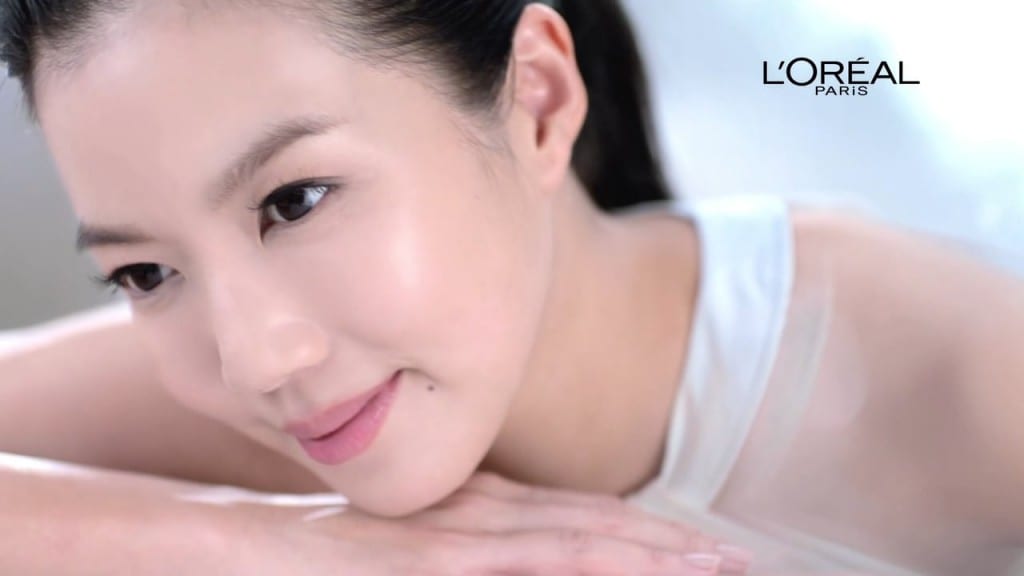
L’Oréal has debuted a motorised, handheld device that allows people with limited hand and arm mobility to apply make-up steadily.
The slender new product uses motion sensors and magnetic attachments that enable make-up application in 360-degree rotations and 180-degree flexions, according to the company.
The move is part of the cosmetics industry’s push to develop products for people with disabilities – a generally untapped market that is believed to be worth $1.2 trillion (£990 billion). Thus far, these efforts have largely focused on creating ergonomic products, such as make-up brushes that can bend and are easier to grip, and easy to open moisturisers.
L’Oréal says the new Hapta device is aimed at the 50 million people around the globe with limited fine motor skills, including those with cerebral palsy or who have suffered a stroke.
The product, unveiled at the CES tech show in Las Vegas, will be piloted with a lipstick applicator later this year from L’Oréal brand Lancôme.
L’Oréal and Verily began collaborating on skincare and digital dermatology tools in January.
“Beauty tech [is] revolutionising the way we develop beauty products and services and enabling greater personalisation,” said Françoise Lehmann, Lancôme’s global brand president. “With Hapta we are going one step further by making beauty more accessible to use, because everyone should have equal access to it.”
Also at CES, the cosmetics company announced a Brow Magic applicator that offers personalised eyebrow looks based on face scans from an accompanying app.
The product has 2,400 small nozzles and a printing resolution of up to 1,200 drops per inch. L’Oréal says it can apply a precise brow shape in seconds and can be removed using a standard makeup remover. Brow Magic looks at the user’s face shape and thickness to make recommendations for microblading, micro-shading or filler effects. The product is scheduled to arrive later this year.